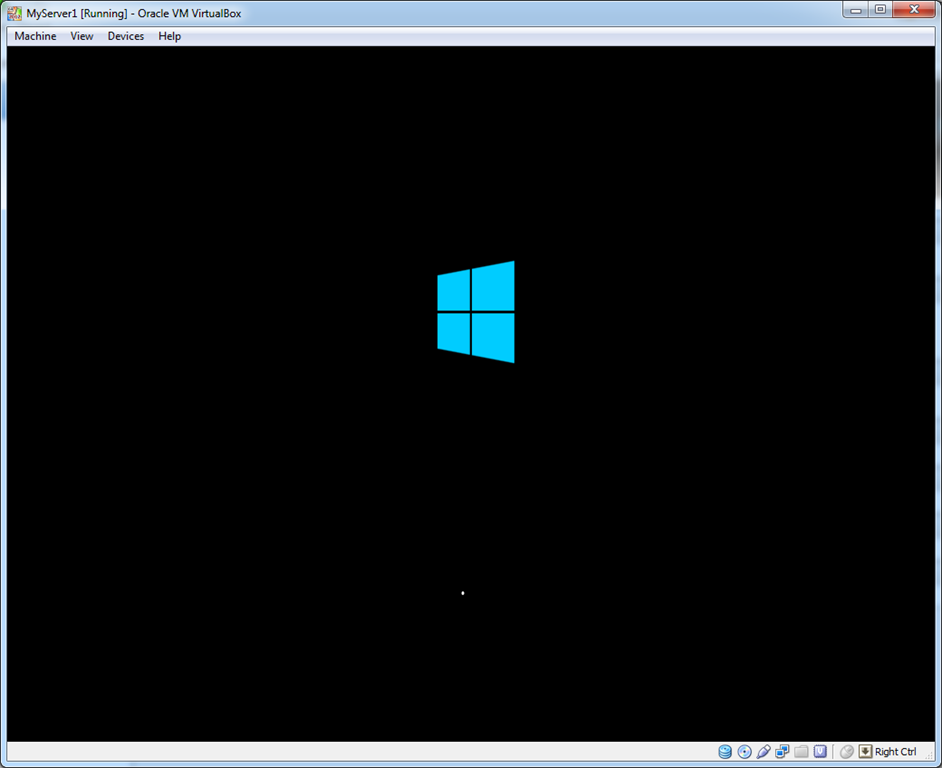Boot the system using the DVD containing Windows Server 2012. The booting screen will appear as show below
| Boot Screen while booting from Windows Server 2012 DVD |
The screen below shows the first setup screen. It is asking for Language, Time and currency format and Keyboard. Select the desired value in each field and click on Next.
| First Screen of Setup Window |
The second screen of Windows Setup appears as shown below. It bears an “Install now” button. Click on it to start the installation of the server.
| Second Screen of Setup Window |
The next screen that appears is the one for entering the product key. You cannot proceed further without entering the product key. Please enter the key and click on next button.
| Screen asking for Product Key |
The next screen as shown below will ask for the OS you want to install. By default the Server Core variant will be selected. Click on Next to continue
| OS selection window |
Accept the license terms by checking the check box “I accept the license terms” in the appeared screen and click on Next
| License Terms Screen |
Select the desired type of installation on the next screen. We will select “Custom…” here, since we are installing on a fresh hard disk. By default “Upgrade….” will be selected. Clicking on installation type will take you to the next screen
| Installation type selection screen |
On this screen the setup wizard will ask you about the location were it should install Windows. Select the desired disk and click Next. To format or partition a disk, click on the link “Drive options (advanced)”.
| Disk Selection Window |
Now the installation procedure has started. The screen will show the progress of the installtion
| Installation Progress Screen |
After the installation the system will reboot and the first time login window will appear as shown below. This screen would ask you set a password. On clicking the “OK” button the screen for creating the password will appear
| First Login Window |
After setting the password the system will login and the screen as shown below will appear. Since this is Server Core installation there will be no GUI, only a command prompt window will be there.
| The Desktop for Server Core |










